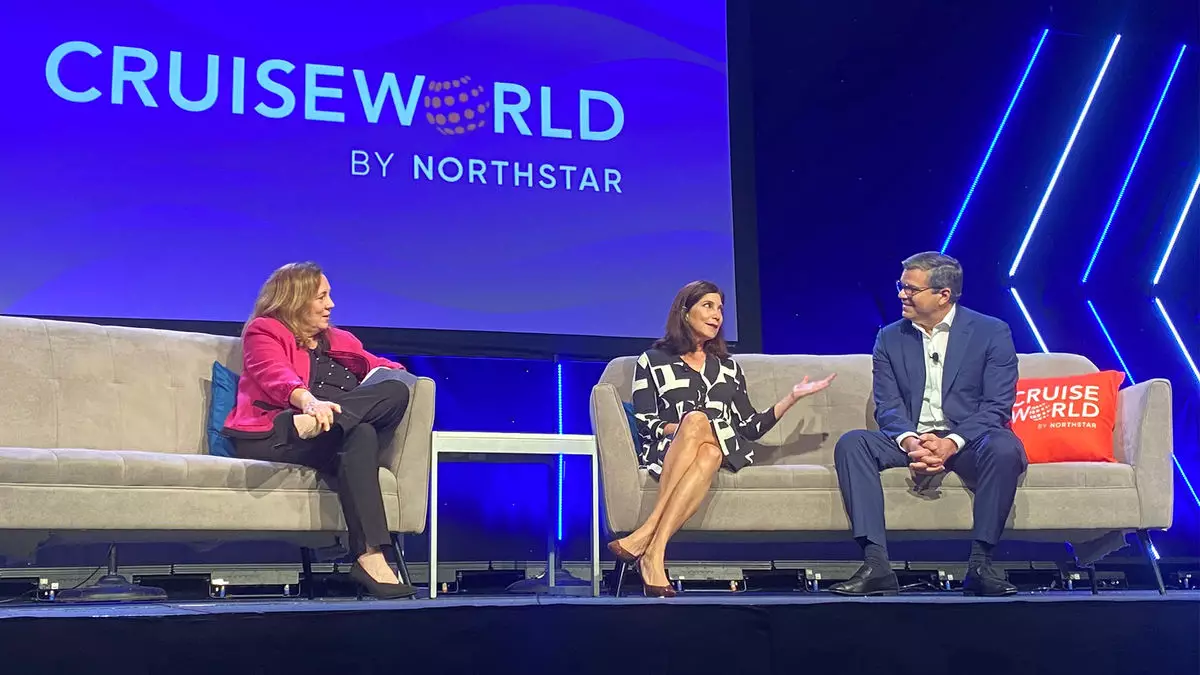The COVID-19 pandemic has left a profound impact on the travel and tourism sector, particularly for cruise lines. As we transition into a post-pandemic world, the role of travel advisors has undergone a transformative change. During a recent conference at CruiseWorld, Frank A. Del Rio, the president of Oceania Cruises, spoke candidly about the resurgence of travel advisors as a critical component of cruise bookings. Having witnessed their booking share decline sharply during the pandemic years, he now highlights that an overwhelming majority of Oceania’s business relies on this channel. This insight aligns with industry data revealing that in 2019, travel advisors accounted for 70% of cruise bookings, a figure that plummeted to 52% in 2021. However, as we approach the end of 2022, there is a promising prediction that travel advisors are set to regain their footing in this space.
Del Rio commended travel advisors for leveraging technology, noting that some partners are adopting tools that exceed the capabilities of the cruise line’s own systems. The need for efficient and advanced technology solutions is increasingly recognized, and as a response, Oceania is set to introduce an interactive Oceania Cruises Academy in 2025. This educational initiative aims to equip travel advisors with essential knowledge about the brand and its evolving offerings through engaging video content. Nikki Upshaw, Oceania’s senior vice president of global sales, emphasized that the goal is to create an innovative learning environment for advisors, enhancing their expertise and sales potential.
Oceania Cruises stands on the brink of a significant expansion phase after more than a decade without new ship additions. In 2023, the company welcomed Oceania Vista to its fleet, and plans are already underway for another vessel, Oceania Allura, to set sail in July 2025. With three ships currently on order, the cruise line is not just focused on replenishing its fleet but also on elevating its brand presence in the market. Del Rio’s advocacy for converting premium clients to the ultra-premium segment highlights Oceania’s strategy; this brand is positioned as “aspirational,” offering luxury experiences at accessible price points.
Significantly, the discussion surrounding the guest demographic reveals that drivers for new cruises largely stem from existing premium line customers. According to Scott Kluesner, Oceania’s vice president of strategic accounts, brands like Princess, Celebrity, and Viking provide fertile ground for attracting cruisers seeking an upscale experience. The statistic that approximately 55% of Oceania’s guests are repeat cruisers underscores the effectiveness of this strategy. By catering to an audience accustomed to premium experiences, Oceania opens avenues for growth and loyalty within a competitive market.
Oceania Cruises appears to be navigating the complexities of a recovering cruise industry with a focus on collaboration with travel advisors, embracing technology, and expanding its fleet. The future looks promising for this premium cruise line, especially as it seeks to redefine itself amid evolving consumer expectations. As travel continues to rebound, Oceania’s adaptability and strategic initiatives may very well position it as a leader in the competitive cruise landscape.


Napsat komentář